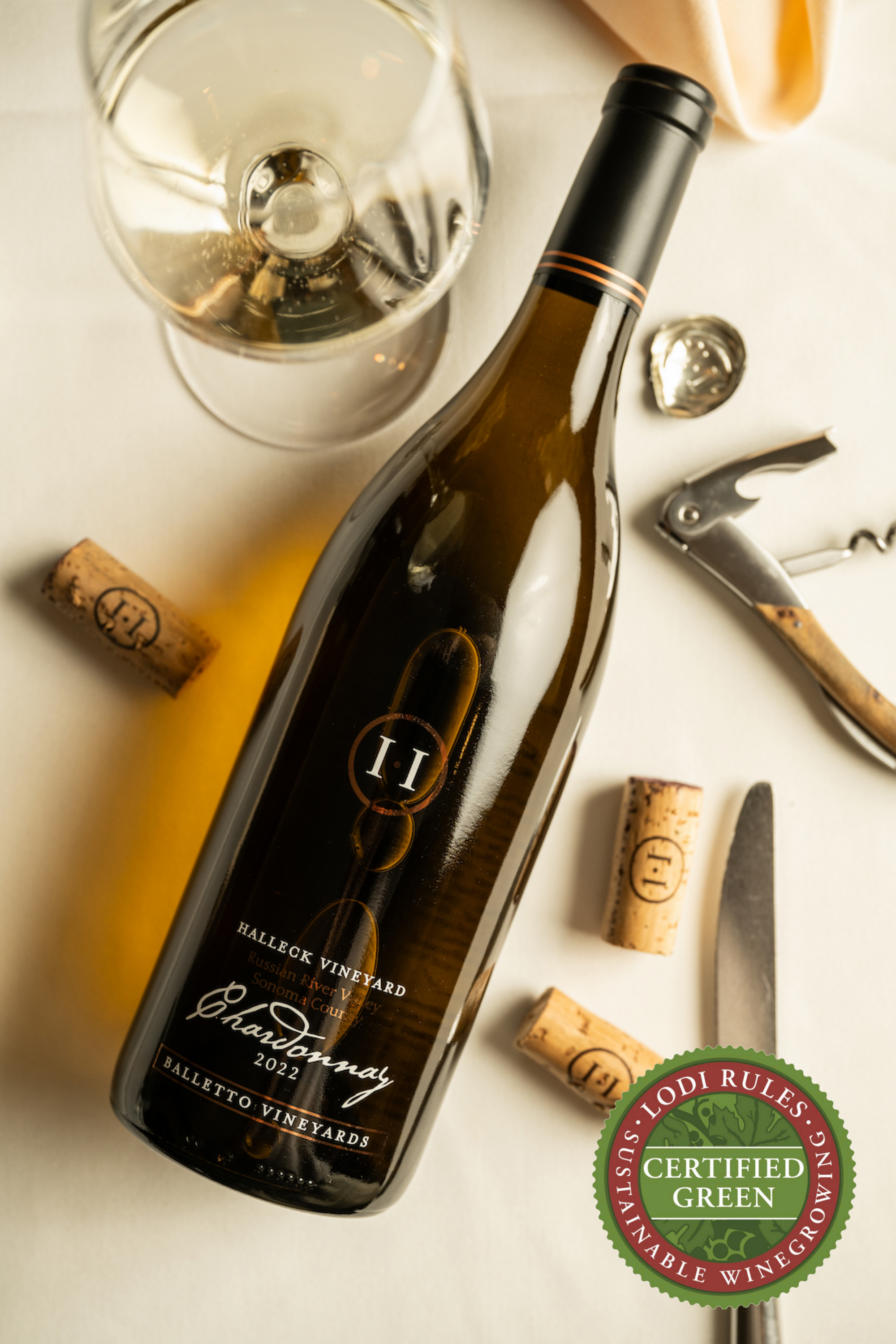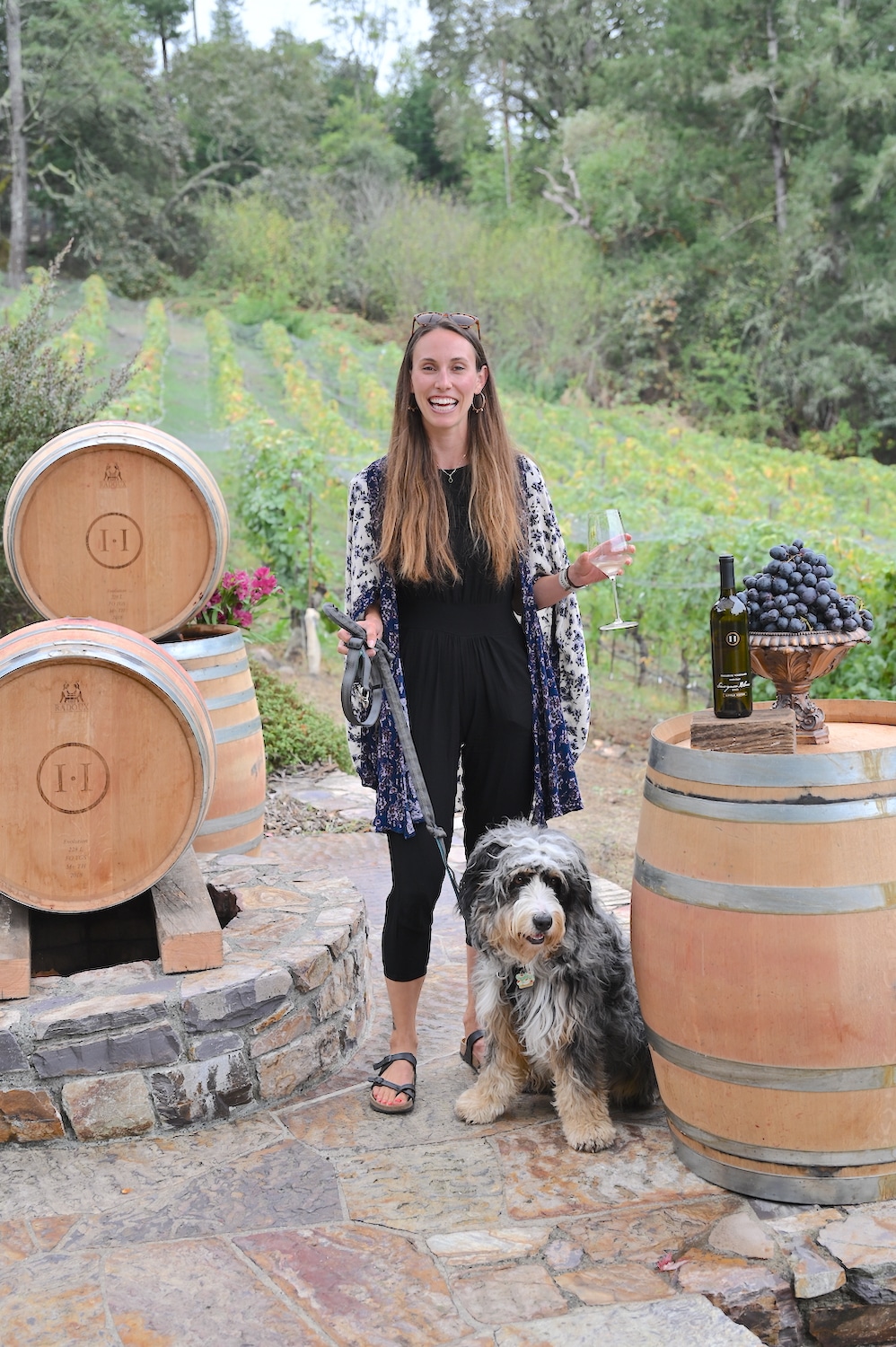Wineries Providing Guided Vineyard Walks - Best Wine Tasting Spots In Sonoma County
Wine tasting is an art that mixes sensory experience with an appreciation for the nuances of different varietals. How to judge flavors in winery wine tasting classes is pivotal to grasping the complexities of wine.
Partaking in a wine tasting includes greater than simply sipping and savoring. It requires a targeted method to determine aromas and flavors that every wine presents. As you start, observe the wine's look, noting its shade and clarity. These visual cues usually suggest a wine’s age, grape selection, and even potential flavor profiles.
The next step within the tasting course of is to swirl the wine in your glass. This action releases aromatic compounds which are very important for evaluation. Lean in and take a moment to inhale deeply; the aromas can vary from floral and fruity to spicy and earthy. The nostril of the wine is just as important because the palate, and recognizing scents plays a major position in understanding the overall experience.
When taking your first sip, permit the wine to maneuver throughout your palate - Wineries Near Sonoma Square. Discover the preliminary flavors that present themselves. Is the wine fruity, floral, or maybe herbaceous? This initial taste gives perception into what the wine is likely to categorical as you proceed to evaluate it. The mouthfeel also contributes to the overall flavor experience; it may be silky, tannic, or even effervescent.
Wineries With Outdoor Seating - Top Sonoma Wineries To Visit
As you continue tasting, take note of the wine’s stability. A well-balanced wine will harmonize acidity, sweetness, and tannins. If one element overwhelms the others, it might indicate a less desirable high quality. Evaluating stability might help you identify how properly the wine may pair with food.
Transitioning to the end, consider how the flavors evolve because the wine lingers in your palate. A lengthy, pleasant end can indicate a high-quality wine, while a short or abrupt end may recommend in any other case. Replicate on whether the flavors remain constant or if new notes emerge as the wine settles. This progression can reveal complexities and intricacies that may not have been obvious in the initial tasting.
Temperature can additionally be an important factor in evaluating wine flavors. Completely Different kinds of wine are optimally enjoyed at particular temperatures. White wines often shine when chilled, whereas purple wines typically carry out finest at room temperature. When tasting, ensure the wine is on the appropriate temperature to fully appreciate its character.
Wineries Featuring Vineyard Tours - Sebastopol Wine Experiences
Pairing food with wine can greatly enhance the tasting experience. Foods can affect the perception of flavors in wine, either highlighting sure traits or diminishing them. When evaluating flavors, contemplate how the wine interacts with totally different meals, noticing which flavors are amplified or muted (Wineries That Host Harvest Festivals).

Contemplate the affect of terroir as you interact in a winery tasting. Terroir encompasses the distinctive environmental factors that affect grape growing, together with soil composition, local weather, and geography. Understanding a wine's terroir can present perception into its flavors and aromas, fostering a deeper appreciation for the alternatives made throughout its cultivation and production.
Schooling performs a elementary role in enhancing one's capacity to evaluate wine flavors. Learning about grape varieties, wine areas, and production strategies can pave the way for extra knowledgeable judgments during tastings. Additionally, attending workshops or classes can refine sensory skills and expand your flavor vocabulary, enabling you to articulate tasting notes extra effectively.

Finally, it's essential to remember that evaluating wine flavors is a extremely personal experience. Particular Person preferences and perceptions will invariably form one’s tasting journey. Enjoyment ought to be at the forefront, with the analysis process acting as a tool to enhance understanding and appreciation somewhat than create inflexible Learn More guidelines.
Off The Beaten Path Wineries In Sonoma - Sonoma Wine Tastings
In conclusion, mastering how to consider flavors in winery wine tasting sessions entails a combination of sensory engagement, knowledge, and practice. By learning to determine aromas, assess the stability, and appreciate the intricacies of flavor, wine enthusiasts can deepen their connection to each bottle they encounter. As with any art type, the more one immerses themselves within the experience, the more they may discover and benefit from the vast world of wine.
- Start by observing the wine's shade and readability, as these visible elements can hint at its flavor profile and growing older potential.
- Swirl the wine gently in your glass; this releases aromatic compounds, allowing you to better establish the advanced scents associated with the wine.
- Take a deep inhale before tasting, specializing in each main and secondary aromas to collect insights on fruits, spices, and different nuances.
- When tasting, allow the wine to coat your palate; note the preliminary flavors, the mid-palate complexity, and the finish as these stages can present different flavor highlights.
- Pay attention to texture and mouthfeel, as elements similar to tannin ranges, acidity, and sweetness contribute considerably to the general tasting experience.
- Examine flavors in opposition to standard wine traits; for purple wines, contemplate berry notes, oak influence, and herbal tones, whereas whites could embrace citrus, stone fruits, and floral hints.
- Take notes through the tasting session to track your impressions, helping you to remember and consider the different wines sampled.
- Discuss your findings with fellow tasters or winery employees, as sharing insights can improve understanding and appreciation of particular person flavors.
- Allow time for the wine to breathe; typically, flavors evolve and reveal new dimensions after being uncovered to air.
- Experiment with food pairings in the course of the tasting as they will dramatically alter how flavors are perceived, influencing total enjoyment.undefinedWhat should I search for when evaluating the aroma of wine during a tasting?
Start by swirling the wine in your glass to launch its aromas. Convey the glass to your nostril and take a deep breath. Pay consideration to the first scents you detect, as these are sometimes the most distinguished. Look for fruit, floral, natural, or earthy notes and attempt to determine specific traits, which will deepen your understanding of the wine's complexity.
Wineries Near Highway 12 - Sonoma Wine Region Vineyards
How can I distinguish between completely different flavor profiles in wine?
Perceive that flavor profiles are sometimes categorized as fruit, floral, herbaceous, spicy, or mineral. Take small sips and permit the wine to coat your palate. Notice the primary flavors that emerge first and the subtle notes that comply with. This layering is important in distinguishing the wine's characteristics and can allow you to appreciate its unique profile.
Romantic Winery Destinations In Sebastopol - Sebastopol's Vibrant Wine Scene
What is the importance of the wine's texture in a tasting?
The texture of the wine, also referred to as mouthfeel, plays a crucial function in how we perceive flavors. Pay attention as to if the wine feels smooth, creamy, or gritty. The physique of the wine (light, medium, or full) can enhance or distinction with flavors, providing a more rounded experience during tasting.
How do I assess the balance of flavors in wine?
Balance in wine refers to the harmony between acidity, sweetness, tannin, and alcohol. Take a moment to assess whether or not these parts complement or intrude with one another. A well-balanced wine will have none of its elements overpowering the others, creating a pleasing tasting experience.
Good Wineries For Large Groups In Sonoma Valley - Finding Good Wineries For Wine Tasting
What position does temperature play in evaluating wine flavors?
Temperature can significantly impact the notion of flavors. Typically, red wines are greatest served slightly under room temperature, whereas white wines take pleasure in being chilled. As the temperature changes, the aromas and flavors can shift, permitting you to understand totally different traits. It’s essential to style wine at its optimum temperature for true evaluation.
Breathtaking Views From Sonoma Wineries - A Guide To Sonoma Wineries
How can I enhance my tasting skills over time?
Practice is vital to improving your tasting skills. Wineries Featuring Vineyard Tours. Attend tastings, hold a journal of your experiences, and explore several varieties of wines to broaden your palate. Moreover, learning about wine manufacturing and grape varieties can present context that enhances your these details evaluation process, making you a more informed taster.
Is there a particular order during which I should taste the wines?
Wineries That Offer Barrel Tastings - Wine Tasting And Vineyards In Sonoma
Sure, it’s advisable to taste wines from light to full-bodied and dry to sweet. This development prevents the stronger flavors from overshadowing the extra delicate ones, allowing you to fully respect each wine's characteristics and nuances without palate fatigue.
How can I evaluate the aftertaste of wine?
Wineries Renowned For Cabernet Sauvignon In Sonoma - Unforgettable Wine Tastings In Sonoma
The aftertaste, or end, is an important facet of the wine-tasting experience. After swallowing, take note of how long the flavors linger on your palate and whether they change. A lengthy, pleasant end is commonly an indicator of a high-quality wine, while a short or disagreeable finish may recommend in any other case.
Why is it important to note the wine’s acidity during tasting?
Acidity contributes to the overall freshness and structure of the wine. Pay consideration to the tingling sensation on your tongue; greater acidity can enhance the wine's liveliness and steadiness out sweetness. Noting acidity helps decide the wine's versatility with food and its getting older potential.
What should I do if I wrestle to determine specific flavors in wine?
Celebrated Winemakers To Discover In Sonoma - Enjoying Wine In Sebastopol
Struggling to determine flavors is frequent, particularly for beginners. Focus on broader categories and describe what you'll find a way to recognize, such as candy or earthy notes. With practice, reading about completely different flavor profiles, and maybe utilizing flavor wheels, you will refine your senses and develop a extra nuanced approach to tasting.